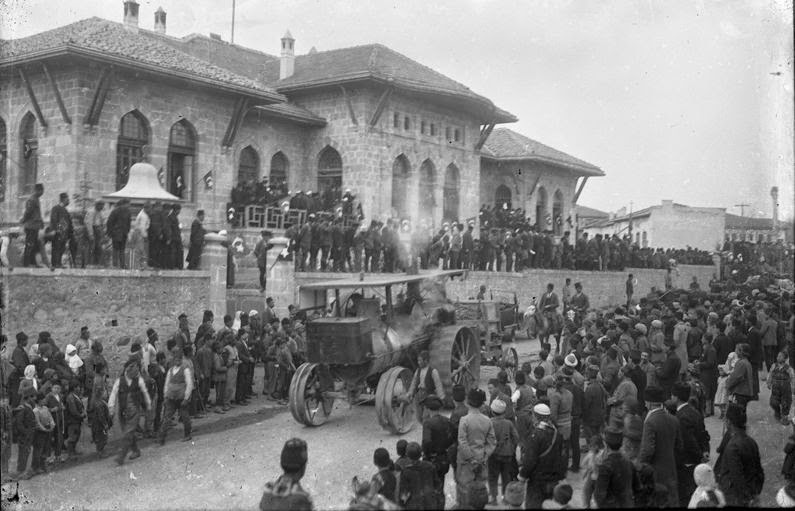Mapping the members of the Great National Assembly (1920-23)
This project aims to collect and analyze biographic data about the members of the Great National Assembly’s first legislative period (from 1920 to 1923) in order to better understand patterns of relationship and activity among the various networks of political elites whose roles in the making of modern Turkey are of considerable significance.
The aim is to create a database that would then constitute a basis for a prosopographical research. The idea behind such a prosopographical approach is to first identify common biographic elements / characteristics among the members of the parliament (such as educational background, place of birth, bureaucratic career backgrounds, known languages etc.) and then to build hypotheses (and also test the already existing ones in the literature) about the meaning of such commonalities and patterns. The characteristics collected from the biographical data will be classified according to their contextual and statistical relevance. Some of the characteristic, such as place of birth or locations of previous bureaucratic careers, which are considered significant in the analyses of the political elite in the literature, will be mapped using digital humanities tools and frameworks. The goal in this step is to present the patterns found in the prosopographical research both visually and statistically.
The project consists of three phases: data collection, data compilation and data analysis. The first phase will be based on the collection of the meaningful data from the already existing and accessible compilations of biographic studies about the members (approximately 640 people) of the Great National Assembly between 1920-1923. The second phase will be based on the integration of the data to digital platforms. The third phase will be based on the interpretation of the data and hypotheses building.

About Project Supervisors
Emre Erol - FASS 2022
Academia: https://sabanciuniv.academia.edu/EmreErol
LinkedIn: https://www.linkedin.com/in/emre-erol-53929522/
.jpg)